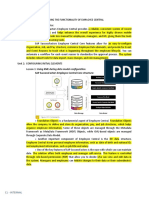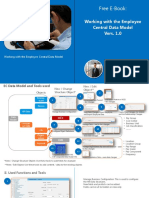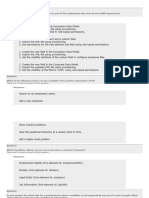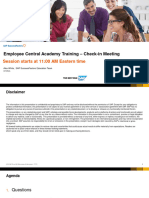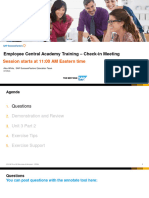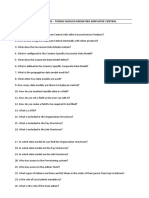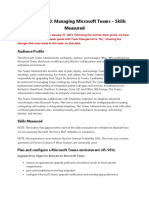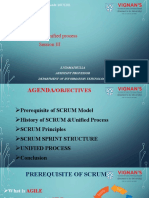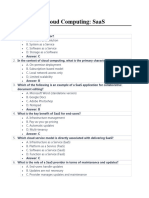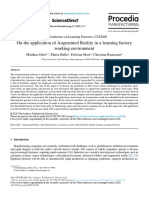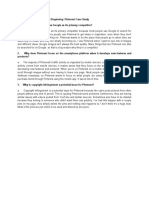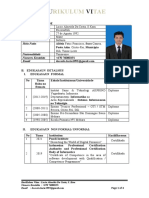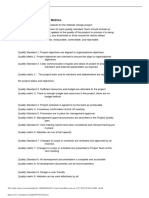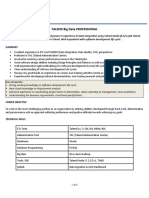0% found this document useful (0 votes)
74 views13 pagesSummarizing The Functionality of Employee Central
SAP SuccessFactors Employee Central enhances employee experience through easy navigation, self-service tools, and comprehensive workforce overviews. It allows for effective HR management by supporting effective-dated records, workflow automation, and role-based permissions for data access. Key features include managing employee data, approvals, and organizational structures, facilitating efficient HR processes and improving overall productivity.
Uploaded by
paola-b19Copyright
© © All Rights Reserved
We take content rights seriously. If you suspect this is your content, claim it here.
Available Formats
Download as DOCX, PDF, TXT or read online on Scribd
0% found this document useful (0 votes)
74 views13 pagesSummarizing The Functionality of Employee Central
SAP SuccessFactors Employee Central enhances employee experience through easy navigation, self-service tools, and comprehensive workforce overviews. It allows for effective HR management by supporting effective-dated records, workflow automation, and role-based permissions for data access. Key features include managing employee data, approvals, and organizational structures, facilitating efficient HR processes and improving overall productivity.
Uploaded by
paola-b19Copyright
© © All Rights Reserved
We take content rights seriously. If you suspect this is your content, claim it here.
Available Formats
Download as DOCX, PDF, TXT or read online on Scribd
/ 13



